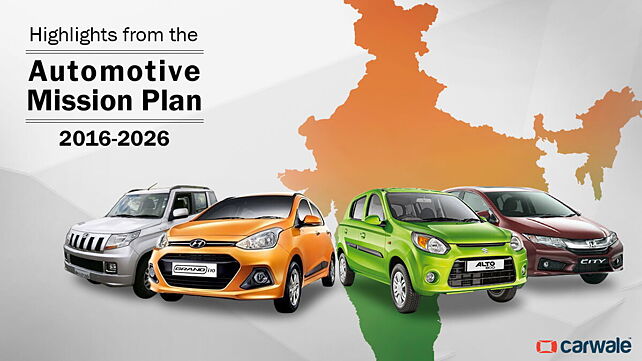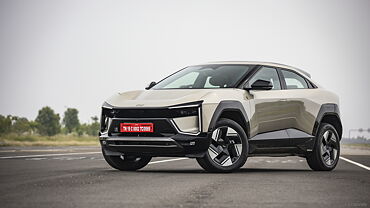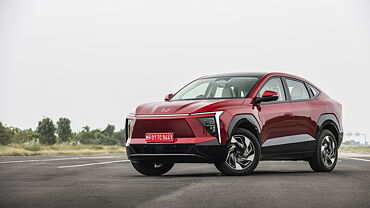
Last year, the Centre released a manifesto during the annual SIAM meet, termed the Automotive Mission Plan 2016-2026. It is basically a guide to what the government plans to do to drive us in the inevitable direction of us becoming the third largest auto economy by the end of the decade. What is interesting is that the pathway to many of the proposed goals has already been paved and we seem to be on target for growth. Here are some of the crucial highlights as well as how far we have managed to come since they were announced.
Auto fuels and emission norms
Vehicular emissions have been in the news of late and took centre stage at the end of last year with odd-even rule and diesel vehicle ban in the capital. While the mission plan called for the implementation of BS5 norms in 2019 and BS6 norms in 2023, the Centre has decided to up the ante by jumping directly to BS6 by 2020. While the jump was initially opposed by the manufacturers, the SIAM recently announced its consent for the move and will work for the same. However, there has been no clarity yet on the time frame by the oil companies in providing fuel of equivalent quality.
Safety regulations
The Centre in June released statistics with regard to accidents on our roads. Quite appalling in nature, they revealed that there were 5.01 lakh accidents on our roads in 2015! Obviously, it is not something to be proud of and with our roads only expected to get more congested something has to be done. The first step in this regard was announced earlier this year with the government making ABS and airbags compulsory from October 2018. There is also expected to be a Bharat NCAP (New Car Assessment Programme) which will be announced sometime next year and will have vehicle testing based on Indian conditions. The mission also calls for minimum standard for the quality of spare parts as well as aftermarket service.
End of life policy
Earlier this year, the government issued an introductory note on the vehicle scrappage scheme which calls for the scrapping of vehicles bought before March 2005 in favour of modern cars. This would help with the issue of emissions as well as providing business for the auto industry. This is a favoured method in many European countries and has been quite a success.
Vehicle roadworthiness
The mission has highlighted the need for periodic inspection of the vehicle to ensure that they are road worthy at all points of time. It has called for various certifications as well as defined guidelines for a vehicle failing to pass the road tests. Most importantly, it also states that this must be implemented nationwide so as to ensure that there is uniformity.
Duty structure in automotive value chain and taxation measures
The positive response and passing of the GST Bill has been the first and most major step for the successful implementation of a revised duty structure that would simplify pricing of vehicles as well the ownership process. It also calls for the maintaining of the current duty rates on CBUs to encourage manufacturers to start sourcing or producing more components locally.

































